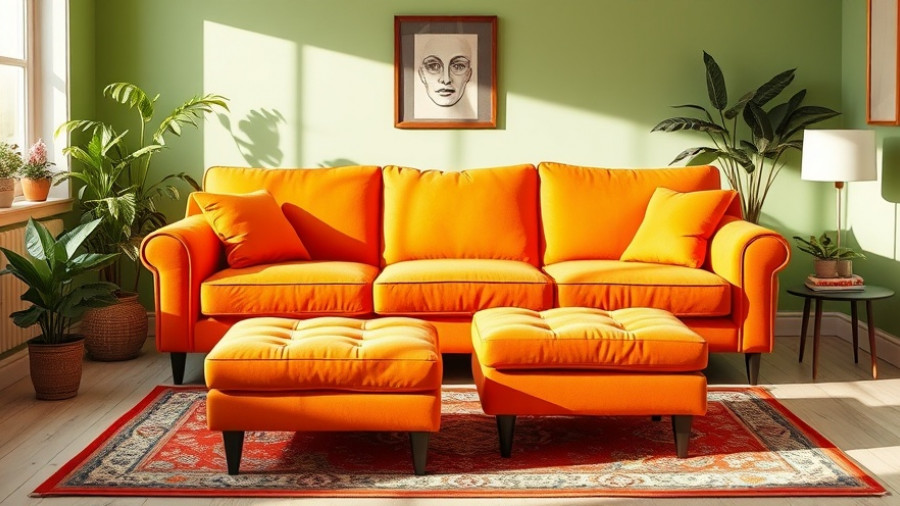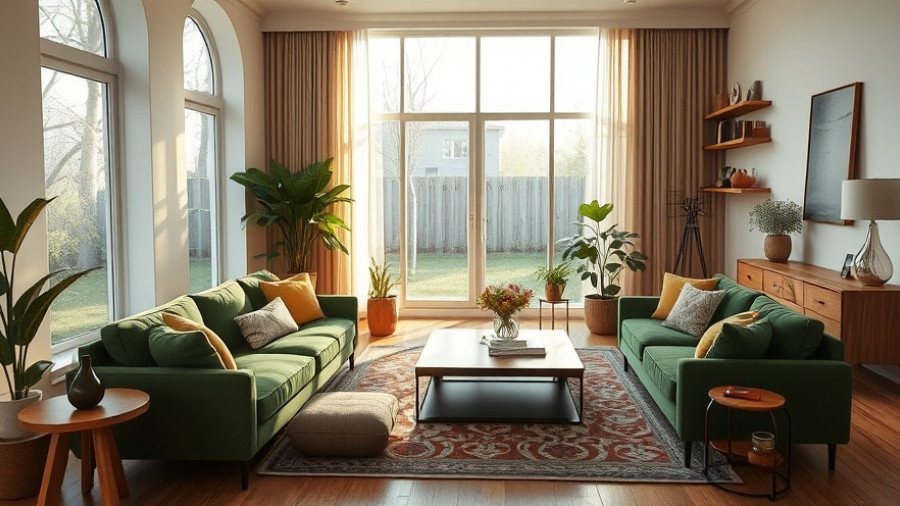
The Rise of Boneless Couches: Are They Worth Your Investment?
In recent years, boneless couches have gained popularity in the furniture market—even mainstream retailers are beginning to stock them. These unique couches lack a traditional frame, allowing for a more versatile and casual lounging experience. But amid their growing trendiness, one important question lingers: do boneless couches truly deliver on their promise of price and longevity, or are they simply a fleeting moment of comfort?
Understanding Boneless Couches: What Are They?
Boneless couches, also known as frameless or modular couches, are designed using layers of high-density foam, forming their structure without wood or metals. This innovative design enables them to be easily transported and set up, which is a significant advantage for urban homeowners dealing with stairs or limited doorways. As noted by Ana Arun, CEO of Lifestyle Solutions Ventures, "High-density foam provides the best balance of comfort and resilience because it holds its shape, supports the body, and resists sagging over time." This couch design is gaining traction not just for novelty but also for practicality in modern living spaces, especially in California’s urban areas where small apartments are common.
Boneless vs. Traditional Couches: A Durability Discussion
The durability of boneless couches is often called into question. Traditional sofas typically last between 7 to 15 years; however, with proper care, boneless couches can last anywhere from 10 to 20 years. The critical factor is the quality of foam used. Many boneless couches feature high-density foam cores with reinforced stitching, which allows them to maintain their shape and softness over an extended period. As Wendy Jiang of Atunus Home points out, "No frame doesn’t always mean fragile—it just means flexible durability." Therefore, it’s essential for buyers to choose models made with high-grade materials to ensure their investment stands the test of time.
Practical Insights: Choosing the Right Boneless Couch
When shopping for a boneless couch, consider the foam’s density and the upholstery fabric. Aim for a foam density of at least 2.8 lb/ft³ for durability. Fabrics that are stain-resistant and easy to clean—like performance velvet or microfiber—are also recommended for families with children or pets. To maximize the longevity of your couch, simple maintenance strategies can help: regularly vacuum often, spot-clean spills immediately, and rotate cushions to prevent uneven wear.
Situational Suitability: Who Should Invest?
Boneless couches may cater specifically to those seeking comfort and flexibility—ideal for young professionals, college students, or anyone living in a dynamic space where reconfiguration might be needed. They also appeal to those who prefer a cozy, clashing vibe over traditional rigidity. In addition, their modular nature often means they can adapt to various living environments, whether it’s a gaming room, a movie den, or a cozy reading nook. Ultimately, if you find yourself regularly rearranging your furniture, boneless couches can help you embrace an adaptable lifestyle.
Conclusion: Is a Boneless Couch Worth It?
Now that you’ve learned about the design, durability, and practicality of boneless couches, you may be wondering whether to pursue this trend. They offer great potential for comfort and style, provided you select quality materials and care for them adequately. With the right choice, a boneless couch could be a practical, long-lasting addition to your home. So, as you embark on your furniture shopping journey, remember to weigh the pros and cons. Are you ready to dive into this cloud-like comfort? Explore options that fit your space and lifestyle, and prepare to lounge like never before!
 Add Row
Add Row  Add
Add 




Write A Comment